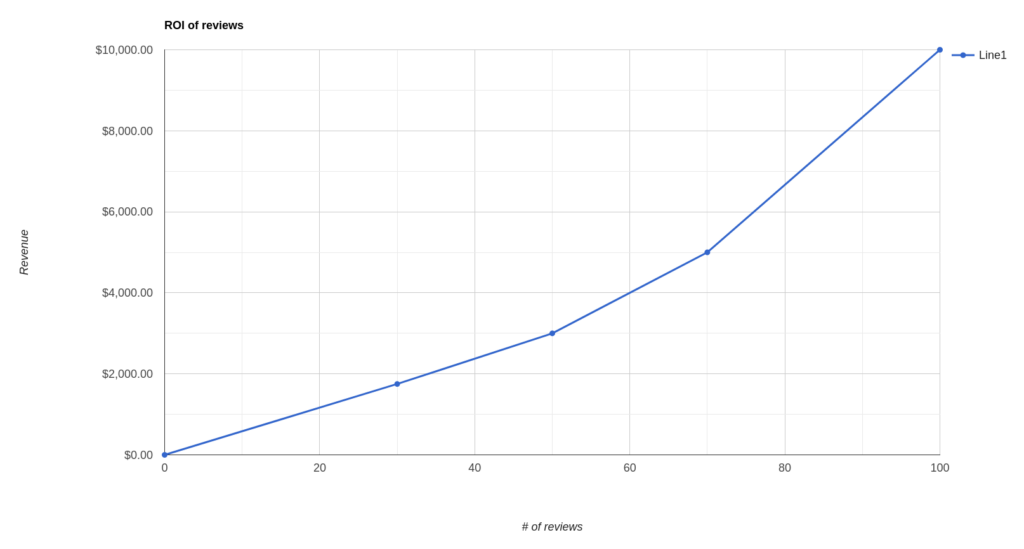What is SEO maintenance?
SEO maintenance is the process of keeping your website’s search engine ranking high. This includes making sure your website’s content is fresh, relevant, and engaging, as well as making sure your website’s technical aspects are up-to-date and compliant with search engine guidelines.
Why is ongoing SEO maintenance needed?
- To ensure your website is ranking high in search engines
- To ensure your website is up to date with the latest search engine algorithms
- To ensure your website is visible to potential customers
- To ensure your website is generating leads
- To ensure your website is converting traffic into sales
How often should you do SEO maintenance?
To ensure your SEO efforts are effective, you should break down your goals into daily, monthly, quarterly, and annual milestones. Additionally, you should implement process-driven tactics that are aligned with your larger strategy. By doing this, you can create a comprehensive and efficient SEO plan.
Daily
Keeping up with the Trends
SEO is always changing, even daily at times. If you’re not keeping up with the news and trends, you will fall behind. It’s easier to maintain your position rather than to gain back position once lost.
Sign up for newsletters that keep up with SEO news daily.
Metrics
Monitoring your SEO strategy’s KPIs daily is important, especially if you have an e-commerce store or are generating leads for your sales team. Measure the metrics that affect your leads and transactions, and the less important ones you can measure weekly.
Weekly
Metrics
Check your KPIs for the past 7 days and week over week. Check to see if the adjustments you’ve made from the week prior.
Make adjustments
A well-executed SEO plan or campaign will have clear goals, a strategy for achieving those goals, and specific tactics outlined. Without a plan or defined approach, you might end up wasting time on low-priority SEO tasks that don’t have a big impact.
The list of specific technical, on-page, and off-page action items should be defined for the year, broken out into months, and further into tactics and progress that can be made on a weekly and daily basis to stay on track.
Monthly
Reporting
It’s important to use monthly cycles to report on performance more broadly, rather than just focusing on daily or weekly KPIs. Monthly checkpoints allow you to compare a larger sample size of data and see any trends that emerge. Your monthly performance report should include year-over-year comparisons of the completed month plus any available year-to-date stats.
It is important to be consistent when choosing intervals to measure performance, as this helps to identify trends that may not be immediately apparent from smaller sample sizes. Looking at a wider range of periods can be helpful in this regard, as it allows for a more comprehensive understanding of performance over time.
The ability to see how well your company is doing with its goals is important to make necessary changes to the plan. Any stories or deviations from the goal, as well as celebrations for exceeding the goal, should be reported so that they can be reviewed and addressed. Additionally, metrics that suggest changes to the plan should be included in a dashboard or snapshot report so that they can be easily accessed and reviewed.
Progression
You want to check your monthly progression vs the previous month.
- What was completed?
- Any changes?
- Any obstacles or roadblocks?
Comparing the monthly data with the questions above will give you a better picture of how well your SEO strategy is performing.
Action plan
Planning monthly allows for tweaks to be made to the plan as needed, such as increasing the focus on a particular tactic or making changes to the overall strategy. This helps to keep the plan fresh and relevant.
The best way to stay current and proactive is to have a good balance of planned tactics and actions, and the ability to pivot quickly when needed.
Quarterly
Every quarter, you want to audit your SEO strategy and website by taking a closer look at your technical SEO, on-page SEO, link profile, and local listings for any issues to help stay on top of any changes and keep your website ranking high in the search engines.
Technical Issues
If you haven’t set up Google Search Console (GSC) and Bing Webmaster Tools (BWT), you should do that right away. GSC and BWT will help monitor, maintain, and troubleshoot your site’s presence in its respective search engines. They help identify 404 pages, display issues on mobile, and more.
You also want to run a Google’s page speed test to ensure your site is run as fast as possible on Desktop and especially Mobile and fix any issues that come up on the test.
On-Page Issues
Updates to your website’s code, database, plugins, or extensions can cause duplicate tags, duplicate content, or even missing on-page elements.
There is a wide array of free and paid 3rd party tools that can help you monitor, and alert your on-page SEO strategy. It is important to have a good tools stack and process for quarterly evaluation and comparison to the previous audit to ensure that the results of the audit and any necessary repairs are noted and implemented in the tactical plan.
Link Profile
The SEO strategy will probably include some form of link building. This could be done by creating content that will attract links, or by doing research and outreach. Link building is an important part of the SEO process, and it is important to track the progress of the link-building campaign.
This might be a performance metric tracked in the monthly reporting phase, but more in-depth quarterly.
There are a few key things to consider when evaluating the quality of your backlinks:
- The number of links
- The diversity of sources
- The relevancy of linked content
- Comparisons to competitors
- Comparisons to benchmarks
- Period-over-period comparisons
Making sure that your backlink plan is performing as intended in all of these areas is crucial for a successful SEO strategy. Plus, this is also a great time to check for any spammy link to make sure it does not negatively affect your SEO strategy.
Local Listings
Once your local listings are set up, there really won’t be much that would need to be updated. But it does not mean “One and Done”.
At a minimum, you should check to make sure all listing information is correct. You should also do an audit for citations to ensure your NAP (name, address, phone) information are correct.
Annually
Measuring the “Fruits of your labor”
I’ve said it before and will say it again, SEO is long-term but by far the best you can do for your website.
A year has passed and it’s that time of the year to check to see the effectiveness of your plan. Here we take a look at performance over the past 12 months, year over year, and measure your ROI and success.
Planning for next year: Daily, Weekly, Monthly, Quarterly, Annually
After reviewing your performance for the year, now is the time to start planning for next year. Used what you have learned in the past year: what’s worked and what needs to be changed. And create your plan.
Without a solid plan, even if that may change a week into the year, you might not be able to meet expectations and be realistic about what you can achieve in the coming year.
Final Thoughts
Search engine optimization is a marathon, not a sprint. The goal of SEO maintenance is to keep your website’s search engine ranking high over the long term so that you can continue to generate traffic and leads from organic search. Do this and you’ll see results.





